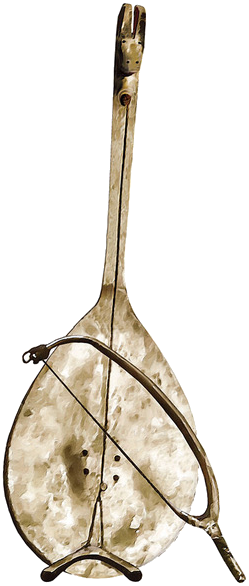By Philip Kreyenbroek, Khanna Omarkhali
Oral Tradition, 35/2 (2022):191-192
The contribution that various branches of “Oral Studies” could make to the study of non Western scriptural religions is as yet largely unexplored. In the Iranian cultural sphere—where languages are spoken that belong to the Iranian branch of Indo-European, such as Persian and Kurdish—we find a number of religious traditions that were transmitted orally for a large part of their existence.
First, there is Zoroastrianism, the dominant religion of the Iranian world before Islam, whose relatively well preserved sacred texts in the Avestan language originated over 2,000 years before an adequate script was developed in the early-first millennium CE. The texts, therefore, have been transmitted orally for a very long time. Cognate with Zoroastrianism are three religions that originate in the Kurdish-speaking lands. Until recently the Yezidi religion forbade the use of writing for religious purposes. The sacred texts of Yarsanism were mainly handed down orally until a few decades ago. Finally, certain Iranian-speaking groups of Alevis in Turkey have long cultivated much of their cultural and religious heritage without the use of writing. Whilst influences from Islam can be detected to varying degrees in these traditions, their prominent non-Islamic components show a surprising similarity. Furthermore, orality plays a key role in the traditions of the Khaksar Order of Islamic mystics in Iran. The shared cultural elements of certain Kurdish-speaking Muslim and Neo-Aramaic-speaking Christian communities are currently being researched.
A range of different methodological approaches to the study of these religions is represented here. The editors have adopted a broad view of the concept of “religion” in mainly oral traditions. Several of the religions studied here have not developed an explicit theology, and the boundaries between “religious” and “non-religious” are vague. Religion is widely seen as tradition, and much of the tradition is felt to be religious.
The study of oral transmission in different cultures cannot be expected to produce prescriptive results and can only show what is possible in oral traditions. It is hoped that some of the features of the traditions discussed in this volume may resonate with researchers in other fields of Oral Studies.
Khanna Omarkhali, Special Editor
Free University of Berlin
Philip Kreyenbroek, Special Editor
Georg-August University Göttingen
191
This page is intentionally left blank.
